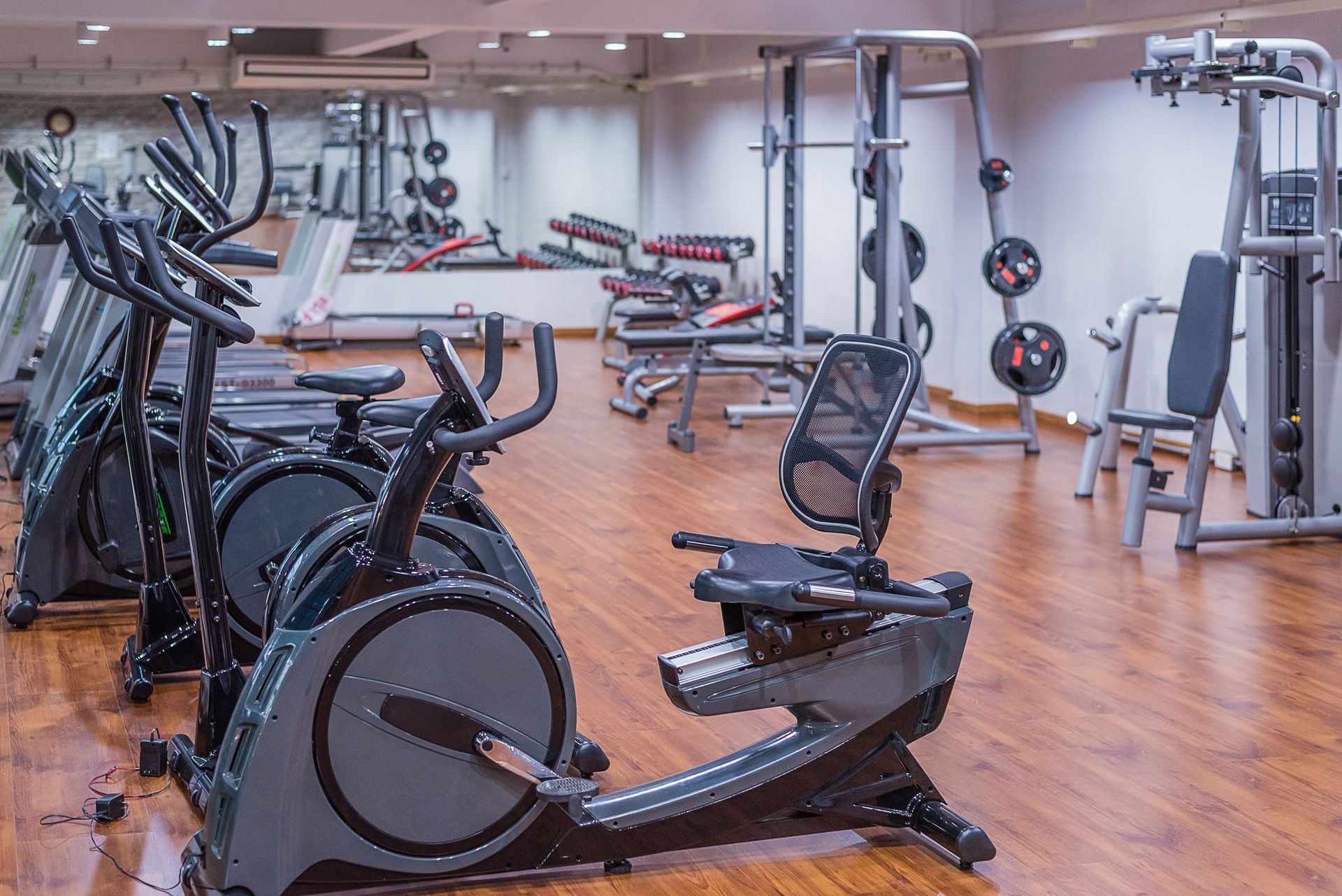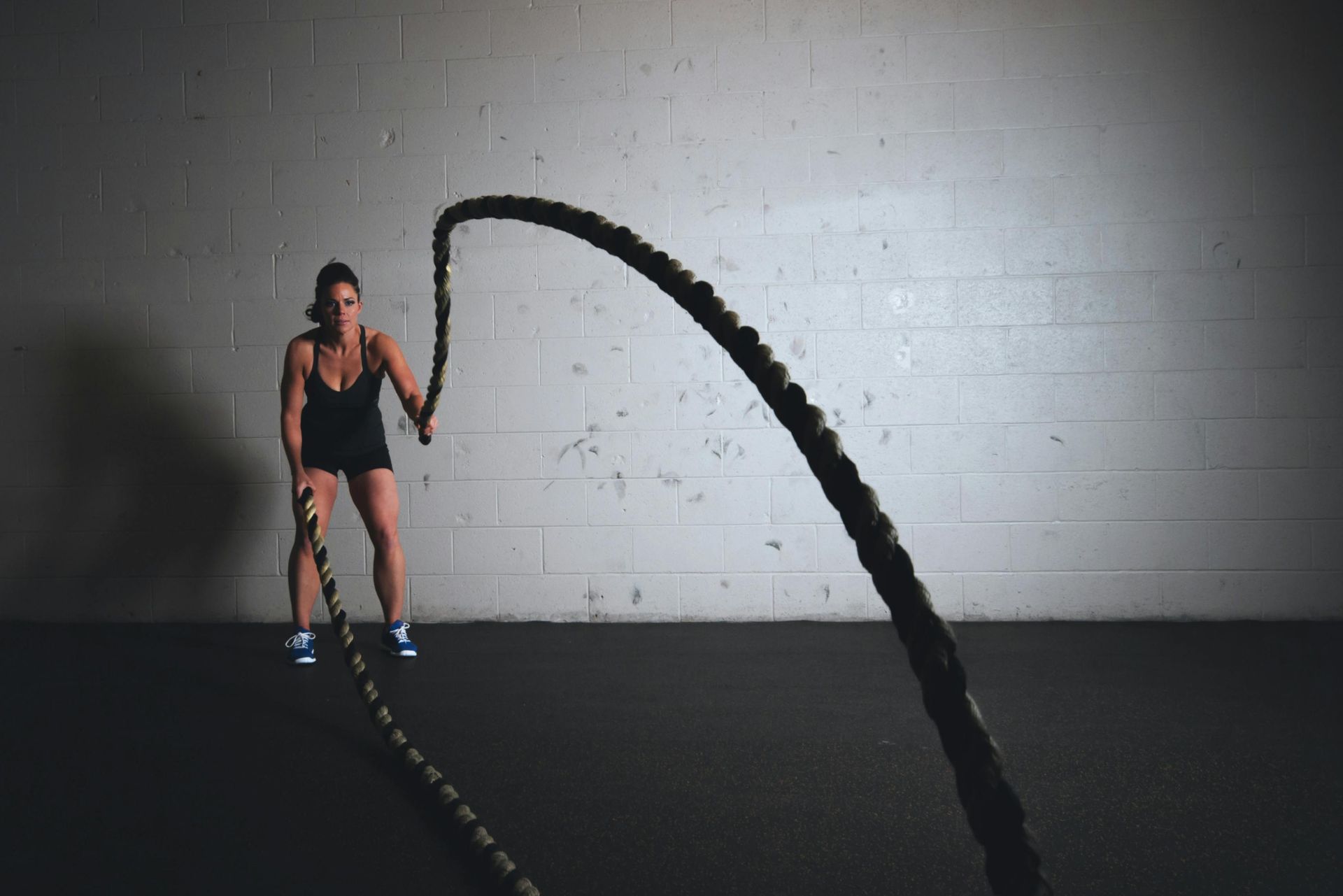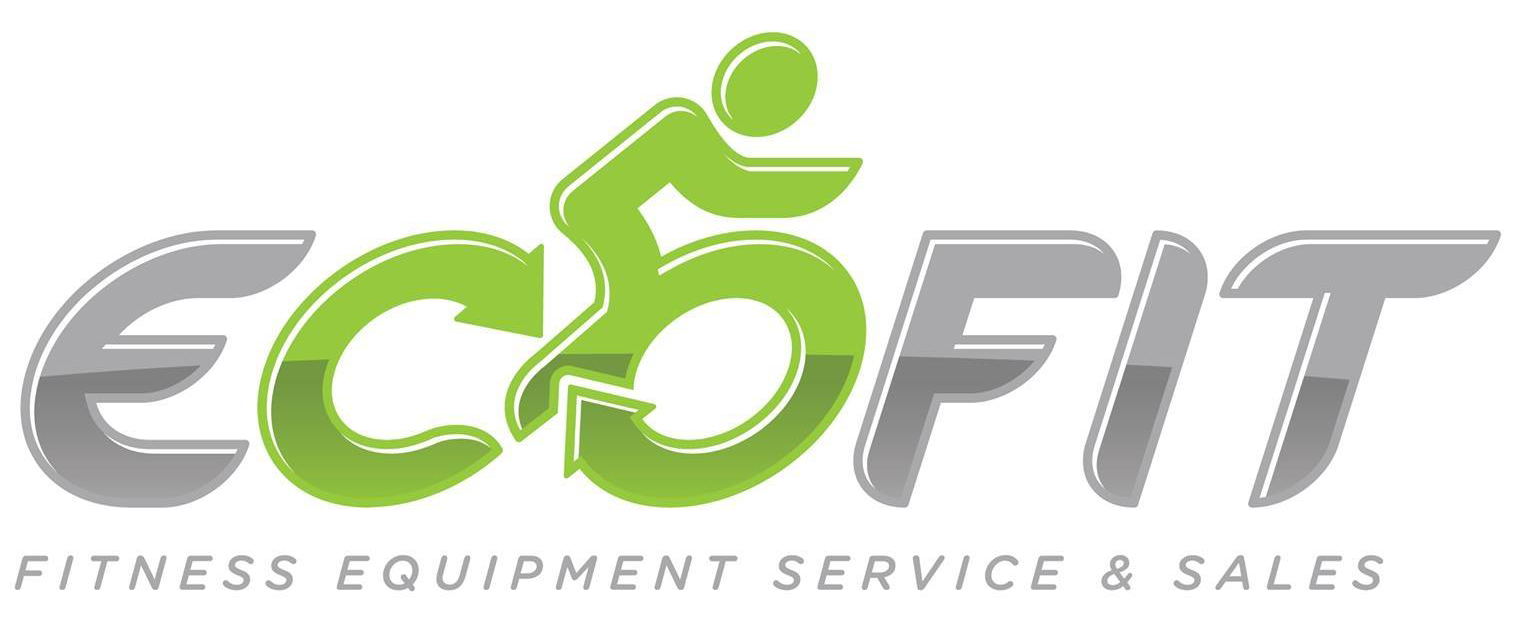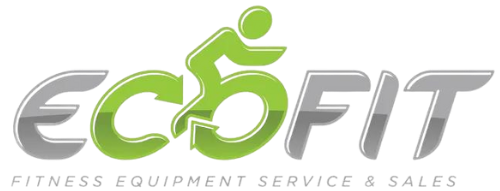Curved Treadmills vs. Regular Treadmills: Which is Better for Your Commercial Facility?
In the competitive world of commercial fitness equipment, deciding between purchasing curved treadmills or regular motorized treadmills is increasingly becoming a critical consideration. Both types of treadmills offer unique benefits and challenges, and understanding these differences is essential for gym owners, fitness trainers, and facility managers looking to provide the best experience for their clients. In this comprehensive blog, we’ll explore the key differences between curved and regular treadmills, and help you determine which type is best suited for your commercial facility. Plus, we’ll highlight how EcoFit can assist in making the right choice for your specific needs.
Understanding the Basics
Before diving into the pros and cons of each type, it’s important to understand what makes curved treadmills and regular treadmills distinct from one another.
Regular Treadmills:
Regular treadmills are motorized machines with a flat, moving belt driven by an electric motor. Users can adjust the speed and incline to suit their workout intensity, making them a versatile option for a wide range of exercises, from walking and jogging to intense interval training.
Curved Treadmills:
Curved treadmills, on the other hand, are non-motorized machines with a concave running surface. The belt moves according to the user’s own energy, requiring them to run or walk to keep the belt in motion. The curved design encourages a more natural running stride and promotes a forward-leaning posture, engaging more muscle groups.
Advantages of Curved Treadmills
Curved treadmills have gained popularity in recent years, particularly in commercial gyms and high-intensity training facilities. Here are some of the key benefits of investing in curved treadmills for your facility:
- Enhanced Workout Efficiency
Curved treadmills are known for their ability to provide a more intense workout compared to regular treadmills. Since there’s no motor assisting the user, the energy expenditure is significantly higher, leading to more calories burned in a shorter amount of time. This makes curved treadmills an excellent choice for high-intensity interval training (HIIT) and other cardio-focused workouts. - Natural Running Mechanics
The curved design of these treadmills promotes a more natural running posture, encouraging users to run on the balls of their feet rather than heel striking. This running style can reduce the impact on the joints and improve overall running form, making it a healthier option for long-term use. - Lower Maintenance Costs
Since curved treadmills are non-motorized, they require less maintenance compared to regular treadmills. There are no electrical components to worry about, which means fewer breakdowns and repairs. This can result in significant cost savings for commercial facilities over time. - Eco-Friendly Option
Curved treadmills don’t require electricity to operate, making them an environmentally friendly choice. This can be a selling point for facilities that prioritize sustainability and want to reduce their carbon footprint. - Durability and Longevity
Many curved treadmills are built with commercial-grade materials designed to withstand heavy use. This durability ensures that the equipment will last longer, even in a high-traffic environment. - Improved Athlete Training
For facilities that cater to athletes or serious fitness enthusiasts, curved treadmills offer a unique training tool. They help improve speed, endurance, and overall athletic performance by challenging users to generate their own momentum, similar to outdoor running.
Disadvantages of Curved Treadmills
Despite their benefits, curved treadmills also have some drawbacks that should be considered before making a purchase:
- Higher Upfront Cost
Curved treadmills tend to be more expensive than regular treadmills due to their specialized design and construction. The initial investment can be significant, especially for facilities looking to purchase multiple units. - Learning Curve
Using a curved treadmill requires a different running technique than a regular treadmill. Some users may find it challenging to adjust to the self-powered motion and the need to maintain balance and control. This learning curve can be a deterrent for beginners or those who prefer a more straightforward workout. - Limited Versatility
While curved treadmills are excellent for running and sprinting, they may not be as versatile as regular treadmills when it comes to other types of workouts. For example, walking at a slow pace or performing low-impact exercises may be more difficult on a curved treadmill. - Space Requirements
Curved treadmills can be bulkier and heavier than regular treadmills, which may require more floor space in your facility. This is an important consideration, especially for gyms with limited space or those that need to accommodate a variety of equipment.
Advantages of Regular Treadmills
Regular treadmills remain a staple in commercial gyms for good reasons. Here are some of the benefits of choosing traditional motorized treadmills for your facility:
- Wide Range of Workout Options
Regular treadmills offer a versatile range of workout options, from walking and jogging to intense interval training. With adjustable speed and incline settings, users can customize their workouts to match their fitness levels and goals. - Ease of Use
Motorized treadmills are user-friendly and accessible to people of all fitness levels. The motor-driven belt provides a consistent pace, making it easier for users to maintain their desired speed without having to focus on generating their own momentum. - Advanced Features
Many modern treadmills come with advanced features such as pre-programmed workouts, heart rate monitoring, and entertainment options like touchscreen displays and Bluetooth connectivity. These features can enhance the user experience and keep clients engaged during their workouts. - Lower Initial Cost
Compared to curved treadmills, regular treadmills are generally more affordable, making them a cost-effective option for commercial facilities looking to maximize their budget. - Versatility in Exercise
Regular treadmills can accommodate a variety of exercises beyond running, including walking, incline training, and even low-impact workouts for rehabilitation or senior fitness programs. - Compact Models Available
For facilities with limited space, there are compact and foldable treadmill models available that can be easily stored when not in use. This flexibility allows gym owners to optimize their space without sacrificing equipment variety.
Disadvantages of Regular Treadmills
While regular treadmills offer many advantages, they also have some limitations that should be taken into account:
- Higher Maintenance Costs
Regular treadmills have more moving parts and electronic components, which means they require regular maintenance to keep them running smoothly. Over time, the cost of repairs and replacements can add up, especially in high-traffic commercial facilities. - Less Efficient Workouts
Because the motor assists in propelling the belt, users may burn fewer calories on a regular treadmill compared to a curved treadmill for the same effort. This can be a drawback for clients seeking high-intensity workouts. - Increased Impact on Joints
Running on a flat, motorized treadmill can lead to a more jarring impact on the joints, particularly for those who tend to heel strike. Over time, this can increase the risk of injury or exacerbate existing joint issues. - Energy Consumption
Regular treadmills require electricity to operate, which can lead to higher energy costs for your facility. Additionally, the environmental impact of continuous energy consumption may be a concern for facilities focused on sustainability.
Making the Right Choice for Your Facility
When deciding between curved treadmills and regular treadmills, it’s essential to consider the specific needs of your commercial facility and your clientele. Here are some factors to take into account:
- Clientele Preferences and Fitness Levels
Consider the demographics of your clients and their fitness levels. If your facility caters to athletes, fitness enthusiasts, or individuals seeking high-intensity training, curved treadmills may be a valuable addition. However, if your clientele includes beginners, seniors, or individuals with joint issues, regular treadmills may be a more user-friendly option. - Space and Budget Constraints
Evaluate the available space in your facility and your budget for new equipment. If space is limited, you may need to opt for more compact or foldable treadmill models. Additionally, consider the long-term cost implications, including maintenance and energy consumption. - Training and Support
If you decide to invest in curved treadmills, ensure that your staff is trained on how to use and instruct clients on these machines. Providing proper guidance can help users overcome the initial learning curve and maximize the benefits of curved treadmill workouts. - Brand Reputation and Warranty
Choose equipment from reputable brands that offer solid warranties and customer support. This is particularly important for commercial facilities where equipment is subject to heavy use. A reliable warranty can save you money and hassle in the long run. - Long-Term Goals
Think about the long-term goals of your facility. Are you looking to position your gym as a cutting-edge training center with the latest equipment, or are you focused on providing a wide range of accessible options for all fitness levels? Your goals will help guide your decision.
Conclusion
Both curved treadmills and regular treadmills have their place in a commercial fitness facility, and the right choice depends on your specific needs and goals. Curved treadmills offer a unique, efficient, and eco-friendly workout experience that can appeal to athletes and fitness enthusiasts. However, they come with a higher upfront cost and may require more space and user adjustment.
Regular treadmills, on the other hand, provide versatility, ease of use, and advanced features that can cater to a broad audience. They are a more budget-friendly option but may incur higher maintenance costs over time.
EcoFit can help you navigate these choices by providing expert consulting services tailored to your facility's unique requirements. Whether you're looking to optimize space, manage costs, or offer the latest in fitness technology, our team can guide you through the process and help you make the best decision for your clients.
Let Us Help you pick the right choice!






